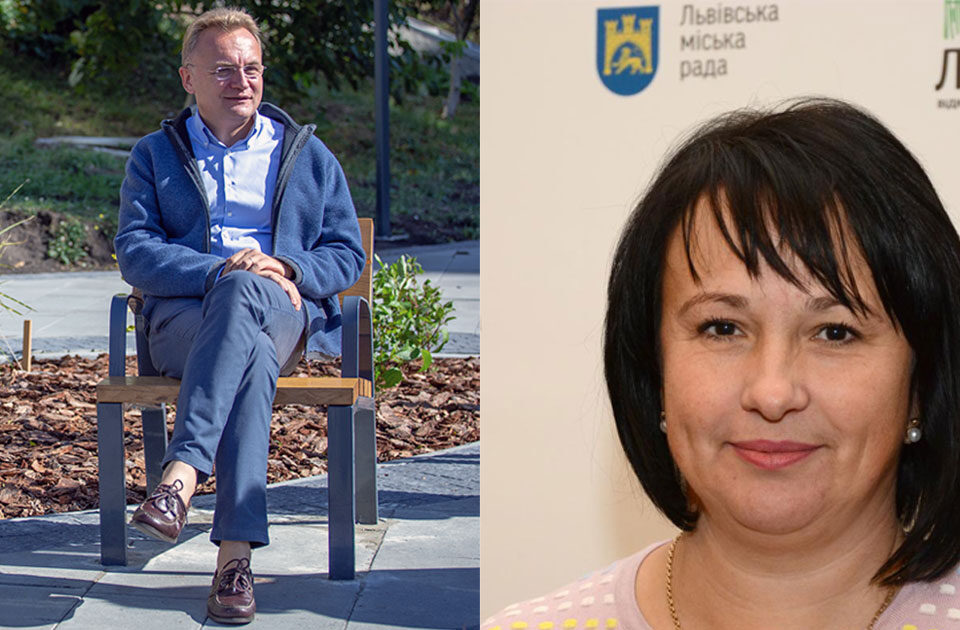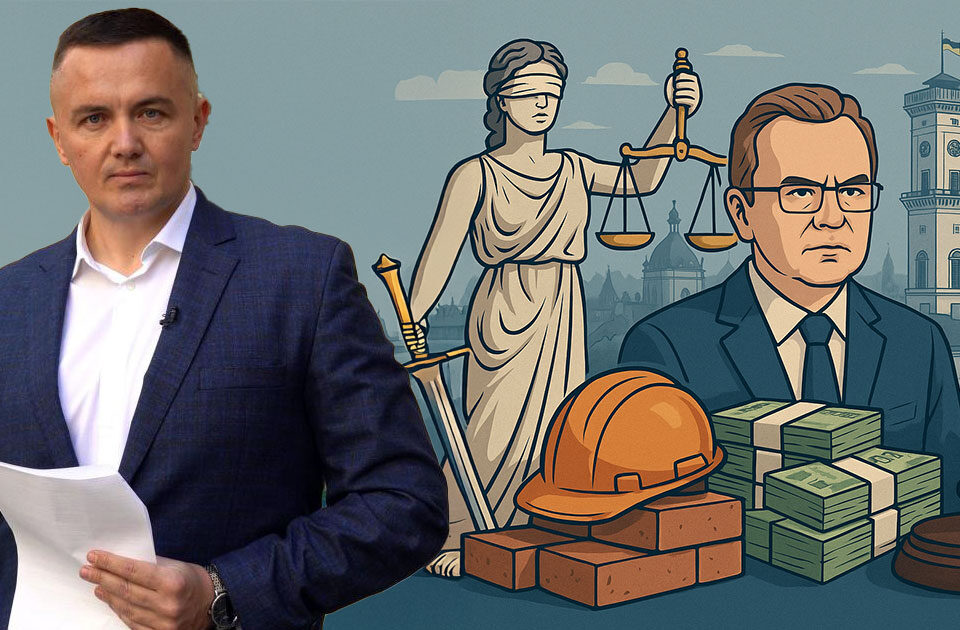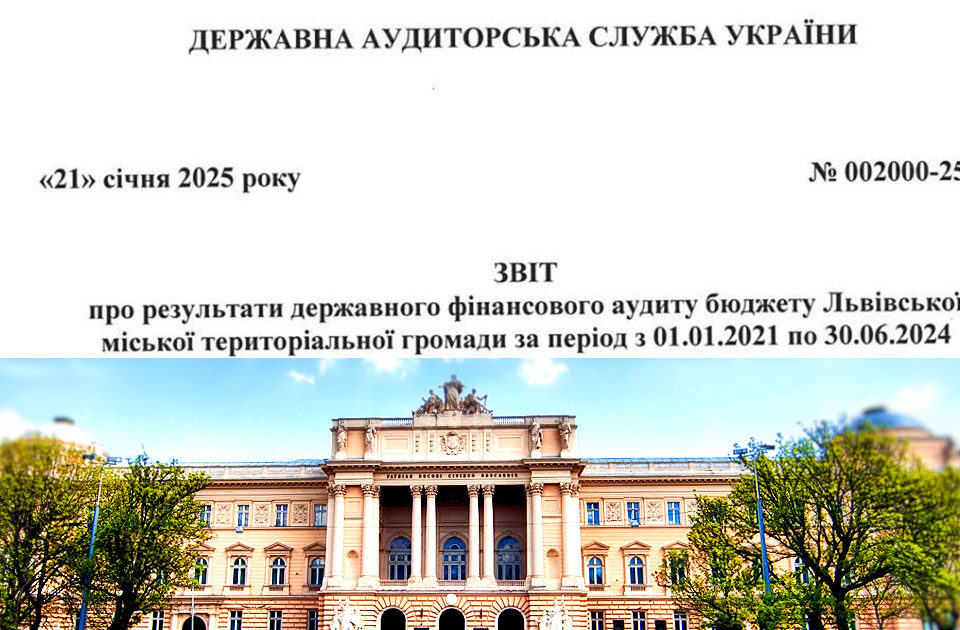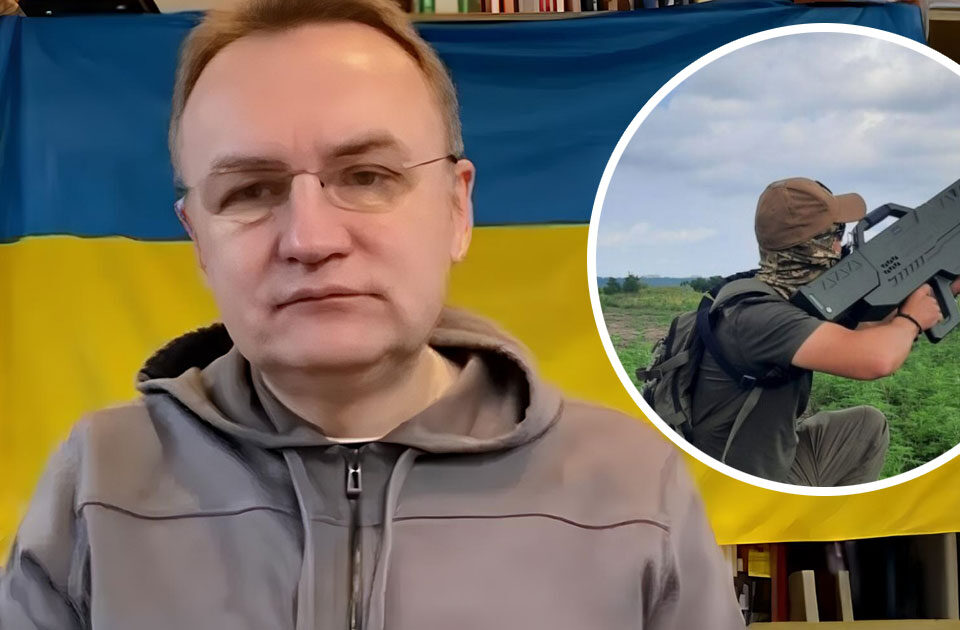
How much did Sadovyi and his team’s international tours cost in April?
May 15, 2024
Sadovyi is lying when he says he did not know about the Russian opposition forum in Lviv
May 25, 2024Lviv TV channel NTA: “Mayor Sadovyi turned Lviv into an uninhabitable stone jungle”
Earlier, journalists of “Velykyi Lviv Govorov” analyzed the causes of the transportation collapse in Lviv. The main factor of constant traffic jams is non-compliance with the master plan. However, traffic jams are just one of the consequences of not implementing the main document of the city’s development. The chaotic construction that contradicts the master plan actually has much more serious consequences, journalists of the NTA TV channel say in their investigation, Vgolos reports.
In recent years, Lviv region has become one of the leaders in Ukraine in terms of new housing and construction rates.
“More housing is being built in Lviv than in the whole of Poland. You know, maybe it’s a joke, but a lot of housing is being built, and the transport infrastructure is not developing at all, you know?” – Doctor of Technical Sciences in Urban and Spatial Planning, Professor Mykola Gabrel.
The General Plan of Lviv envisages the development of residential development in certain districts. However, developers, with the support of the Sadove mayor’s office, continue to densify the central part of the city.
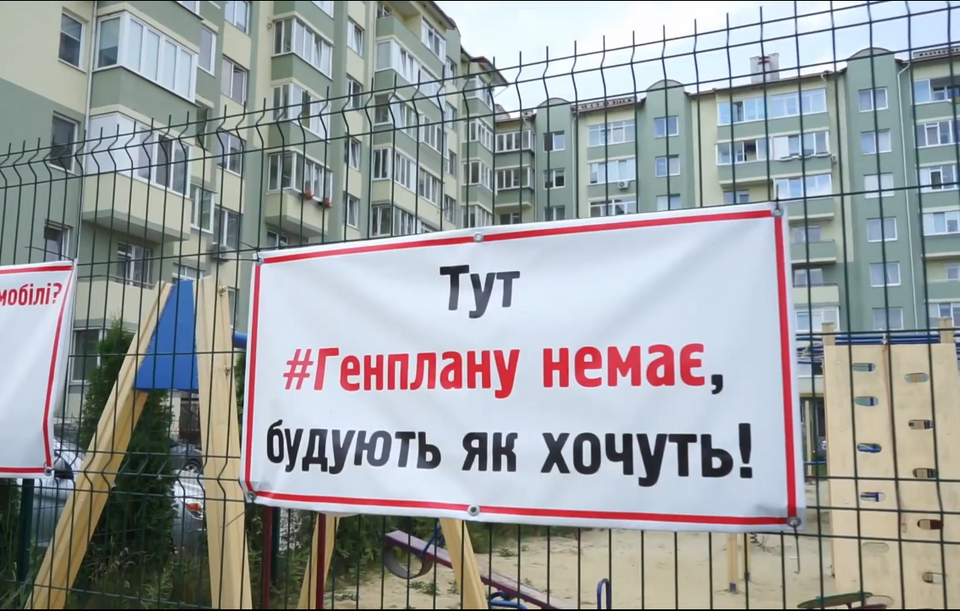
“There is no such urgent need to densify the development, you know, to be honest. In the central zone, and especially in the remote new districts of the city. There is no need. There is enough territory in the surroundings, outside. It is only necessary to make an effective system with a central part, an effective system of connections in the city,” – Doctor of Technical Sciences in Urban and Spatial Planning, Professor Mykola Gabrel
However, the city council has repeatedly authorized the construction of housing in sanitary protection green zones, in public green areas, in gardening cooperatives, and in other places not provided for in the master plan.
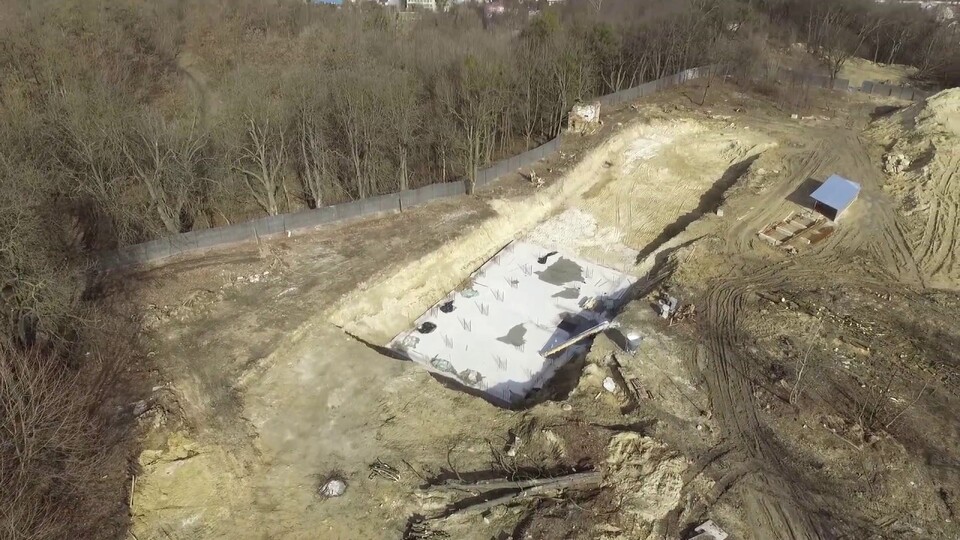
“If you take any new development – drive around Lviv, take a picture of that development, and then go to Google Maps and look at that place – you will see that there have always been green spaces there, 90% of them, which are no longer there. No one is monitoring this, no one is keeping track of it. From time to time there are some scandals. Well, that’s all,” Yuriy Sytnyk, architect, co-author of the urban planning concept “Greater Lviv”
“If you look at Lviv 15-20 years ago, as I remember it, it is incomparable to what it is today. A lot of land is covered with concrete and this water has nowhere to go, and it flows through the streets and floods Lviv,” says Olesia Datsko, a civil society activist.
In previous investigations, NTA journalists have already discussed the causes of the city’s flooding and why the Lviv authorities are avoiding solving them. The city council attributes this to the presence of the underground Poltva River or climate change, and believes that it has nothing to do with chaotic construction. Even those projects of new buildings that are approved do not adhere to the master plan, sometimes without taking into account communications and potential damage to the city.
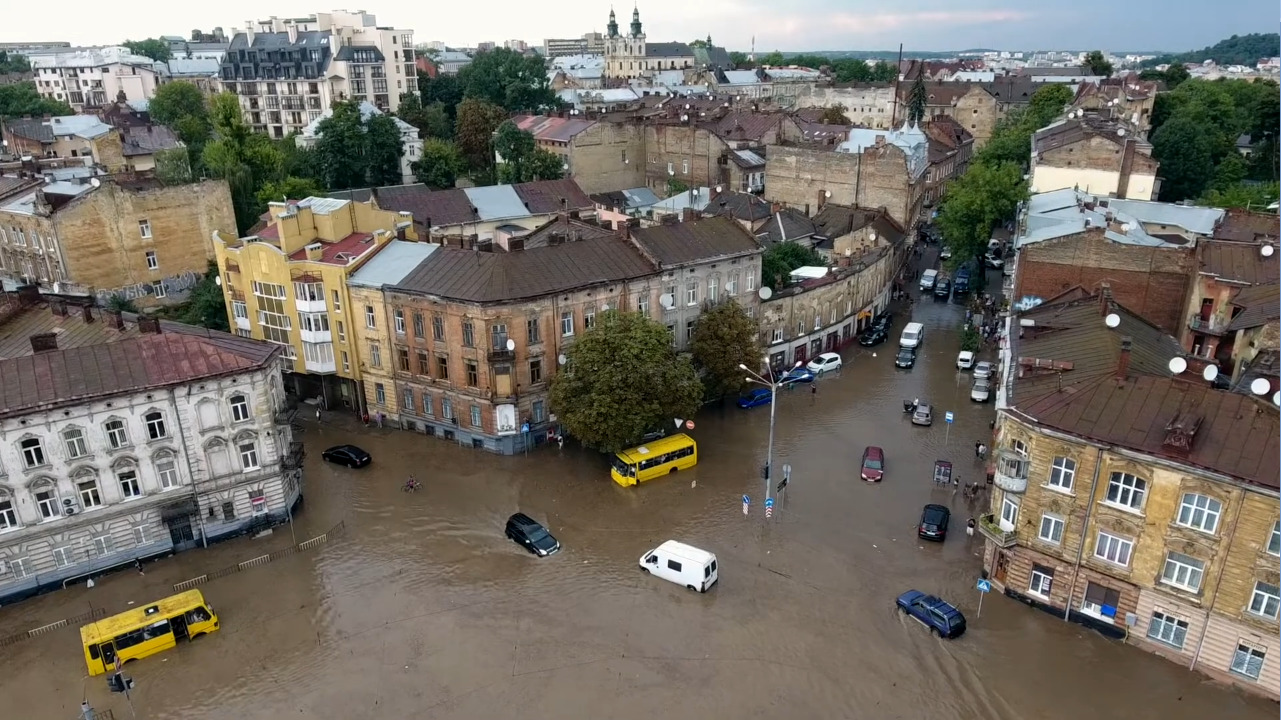
“How are they building this? Very often, those who actually build do not bear any responsibility for this construction. That is, those who bought these apartments are responsible,” said Olesia Datsko, a civil society activist.
For example, a significant part of the urban planning conditions and restrictions for residential development in the Pid Holoskom district was issued by the executive committee in a low-density area. This zone provides for either manor or low-rise residential development, where buildings should not exceed four floors. However, the executive committee first imposed a moratorium on the construction of tall buildings in the area, and then violated it itself.
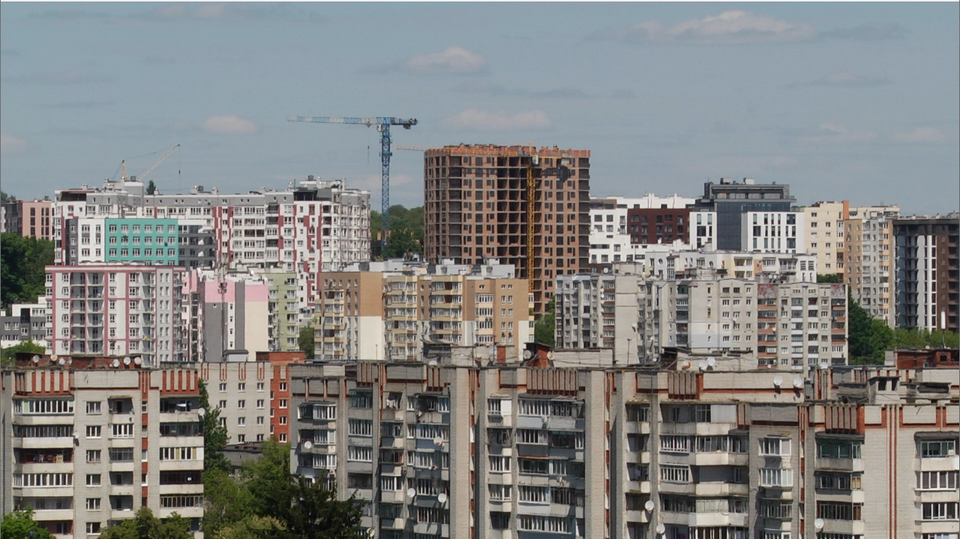
“The city is very interesting, and it is usually located on hills, and it is a pity that some of them have already been destroyed. In particular, the southern hill of Pid Holosko Street is so interesting – it is actually chaotically built up there. Probably, I have not explored it so deeply, probably due to detailed plans of the territories,” said Andriy Levyk, a researcher at the Institute of Ukrainian Archeology and Source Studies of the National Academy of Sciences of Ukraine.
The Pid Holoskom neighborhood is considered to be one of the most chaotic in Lviv. In 2013, a detailed plan for this area was approved in accordance with the master plan. According to this plan, the area was to be predominantly manor houses, with only 13% of the land designated for high-rise buildings. However, starting in 2016, the city authorities began to change the designation of land plots from estate and public areas to places for multi-storey development, approving the relevant urban planning conditions and restrictions. This resulted in a neighborhood without sufficient infrastructure, community centers, schools, kindergartens, and green spaces.
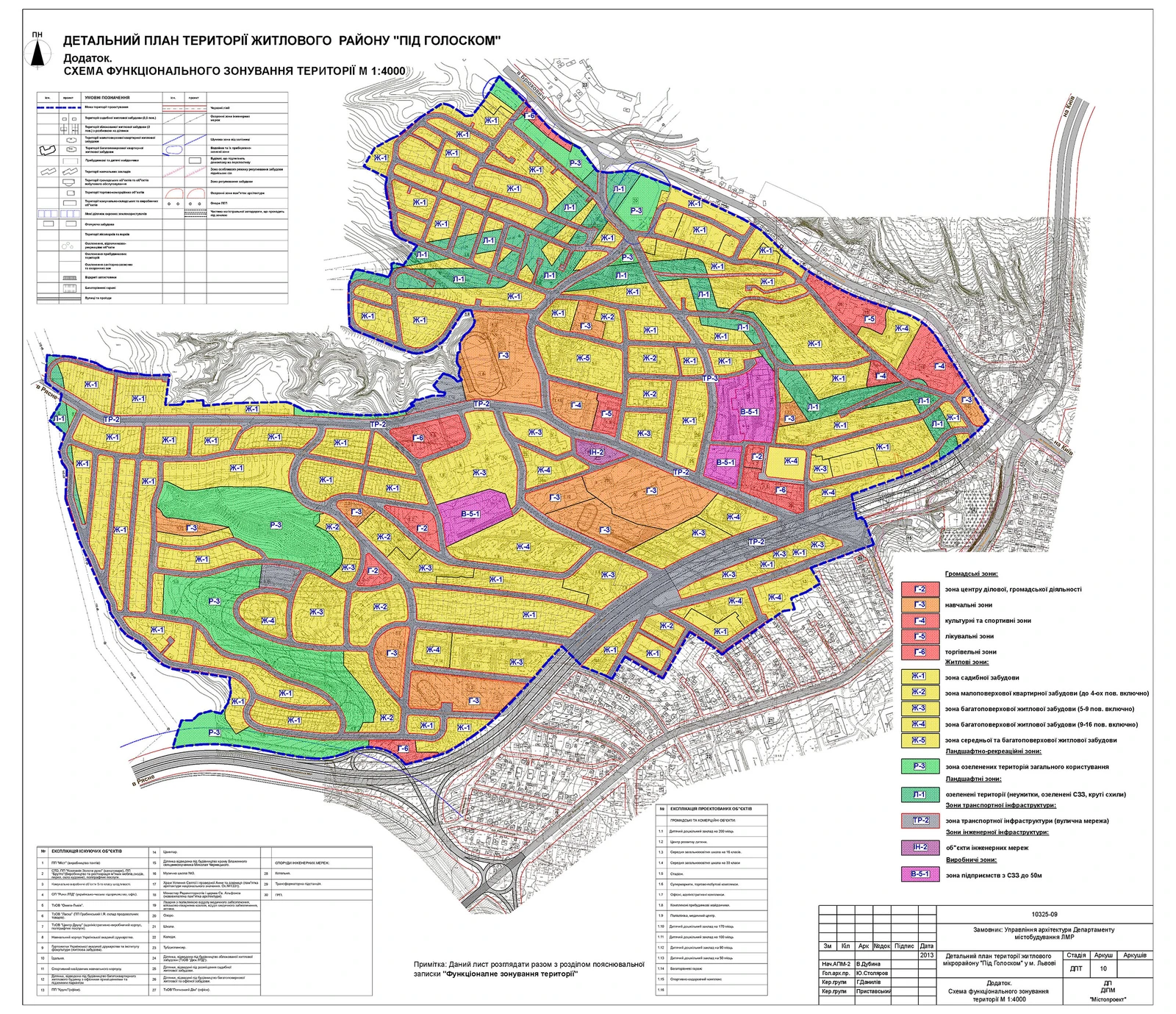
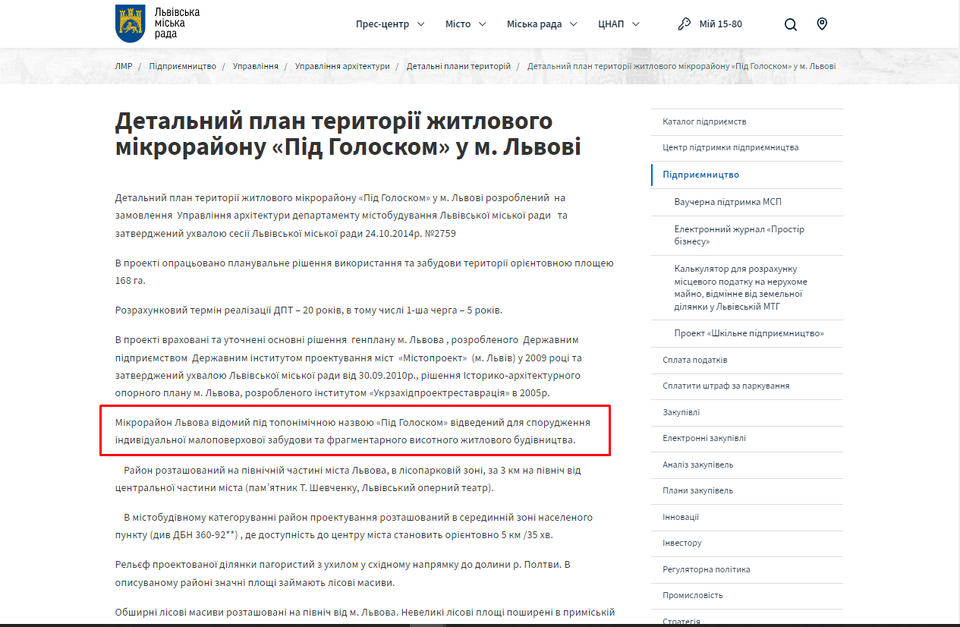
“There are regulations in place now, including the State Building Code, which regulates the building density – square meters per hectare and the number of people per hectare. In other words, everything is standardized and all projects that are being developed are examined for compliance with state building codes,” says Vitaliy Dubyna, urban planner.
However, they have their own rules in the mayor’s office. According to the zoning regulations of Shevchenkivskyi district, the land plots for construction belong to the industrial enterprise zone (B-5-1), public zones (G-2) and the zone of multi-storey residential development (Zh-4). However, in August 2016, the executive committee approved amendments to the detailed plan in the Pid Holoskom district, expanding the area for the construction of high-rise buildings instead of industrial territory. This happened despite the fact that it is illegal to make changes to zoning through detailed plans. As for the master plan, it seems to have been forgotten.
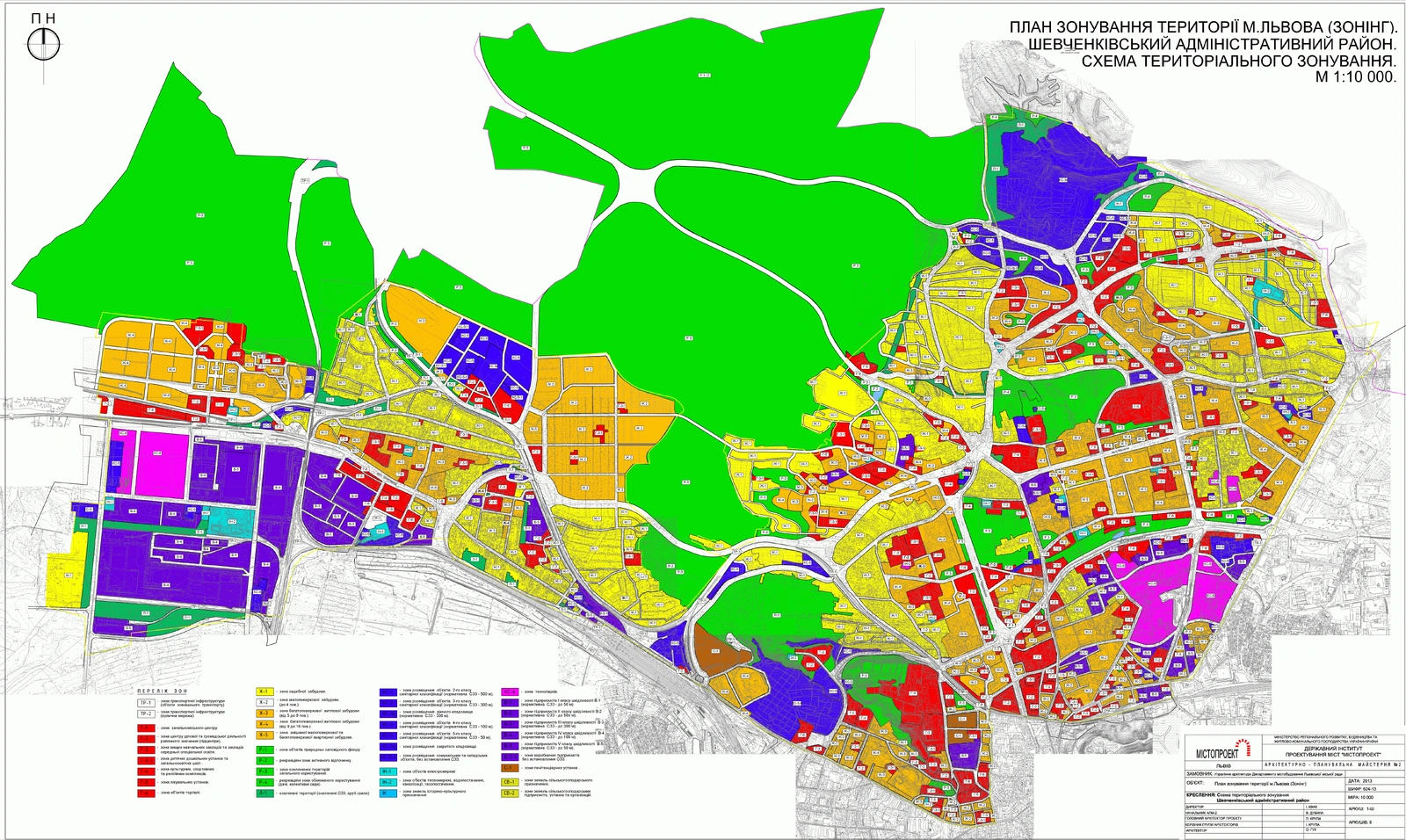
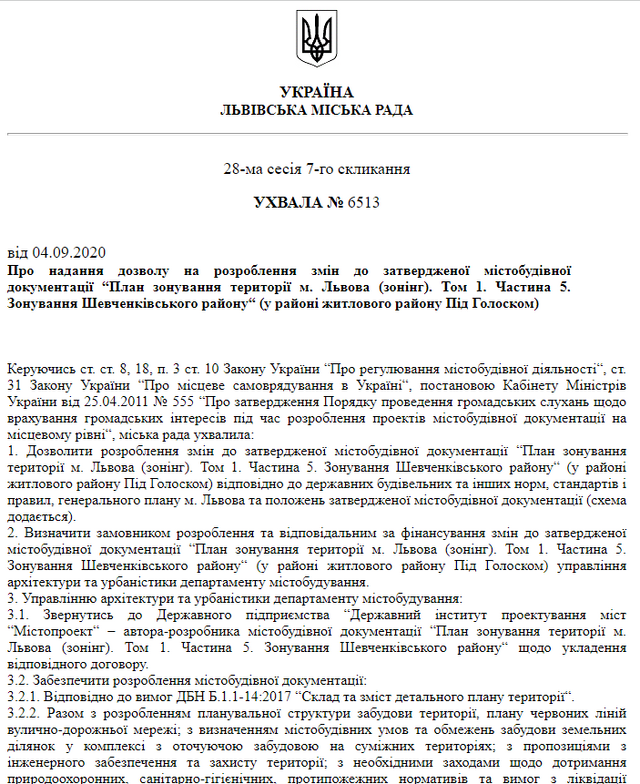
“When we look at those detailed plans of the territories, in most cases they simply do not clarify the master plan, but change the master plan,” says Yuriy Sytnyk, an architect and co-author of the Greater Lviv urban planning concept.
“The regulations define everything: how much is needed, what the adjacent territory should be like, what the landscaping should be like within certain territorial formations, whether it is a residential area or there were other classifications before-all this is determined taking into account the building density, population density in the territory-it’s all there,” says Mykola Gabrel, Doctor of Technical Sciences in Urban and Spatial Planning.
Pid Holoskom, 4 is one of the most famous examples of how the executive committee of the Lviv City Council changed plans for the construction of a multi-storey neighborhood. Initially, they planned to build two skyscrapers, but eventually agreed to build 14. The first construction permits were issued to Lviv Bud Pokizol, a company owned by Andriy Lozynsky and Roman Zhyshko, former residents of Lviv and now Canadian citizens. As soon as the city authorities approved radical changes to the height and density of the neighborhood, another high-rise building was constructed by Real-Maino LLC, whose co-owner is Ruslan Pechenko, the brother of Orest Pechenko, a deputy of the Lviv City Council of the eighth convocation.
“That is why the task of the city council, especially the deputies, is to ensure that the decisions made, especially the use of land plots in the context of the master plan, are adhered to. And this is, in my opinion, the main axis and the main activity of the city council,” Andriy Levyk, researcher at the Institute of Ukrainian Archeology and Source Studies of the National Academy of Sciences of Ukraine
In total, no more than 12 thousand people were supposed to live in the Pid Holoskom neighborhood. However, the city council made so many changes to the detailed plans of the territories that the “permissible” number of residents has at least doubled.
“We have chaos and a mess that will continue, and so far I don’t see any progress on the part of the city council, on the part of the department that is there in that direction. It’s hard to say why those people are there, what they get paid for, what they do there,” – Yuriy Sytnyk, architect, co-author of the urban planning concept “Greater Lviv”
It was only after numerous complaints from local residents, protests, and lawsuits that Lviv Mayor Andriy Sadovyi publicly acknowledged the mistakes in 2020, but blamed them entirely on city officials.
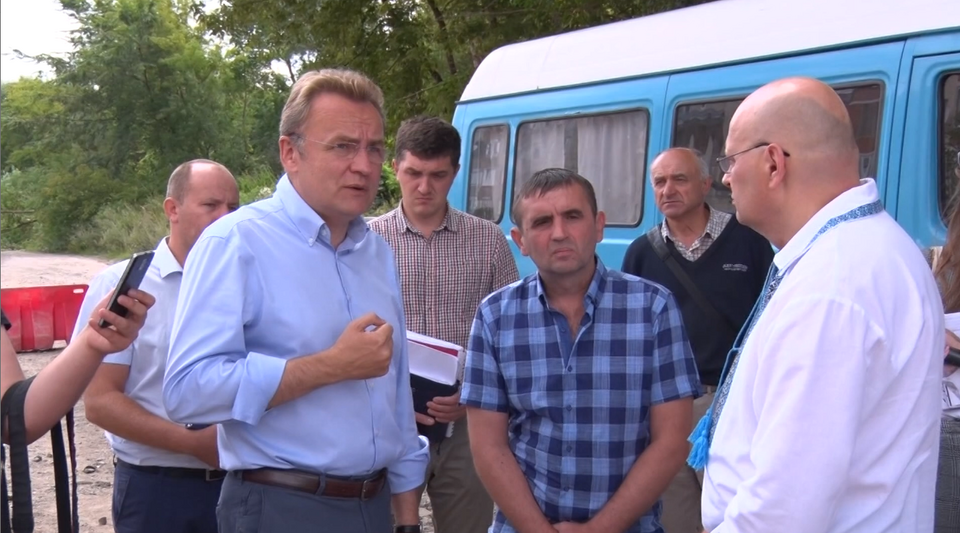
“All decisions on development are made by deputies in the session hall. I fully agree with the residents, because we see a lot of miscalculations there. There is a need for more space for people and recreation. I am convinced that this year the situation will change dramatically,” Lviv Mayor Andriy Sadovyi
As a result, in the Pid Holoskom neighborhood, the city authorities imposed a moratorium on the construction of new housing for the first time in the city’s history due to the lack of social infrastructure. However, this did not solve the problem, as you can always find a way around the restrictions. Three years later, the executive committee authorized the construction of a new residential complex on Pid Holoskom to replace the construction of a school and kindergarten. And in January of this year, the city authorities authorized the construction of another new residential complex, in which, according to statements, most of the apartments will be intended for military personnel.
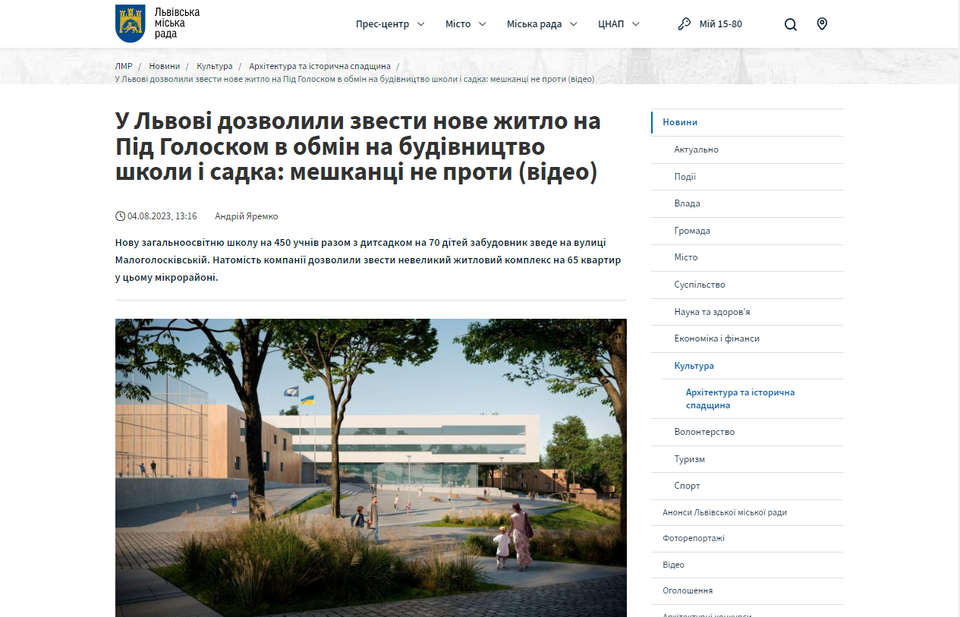
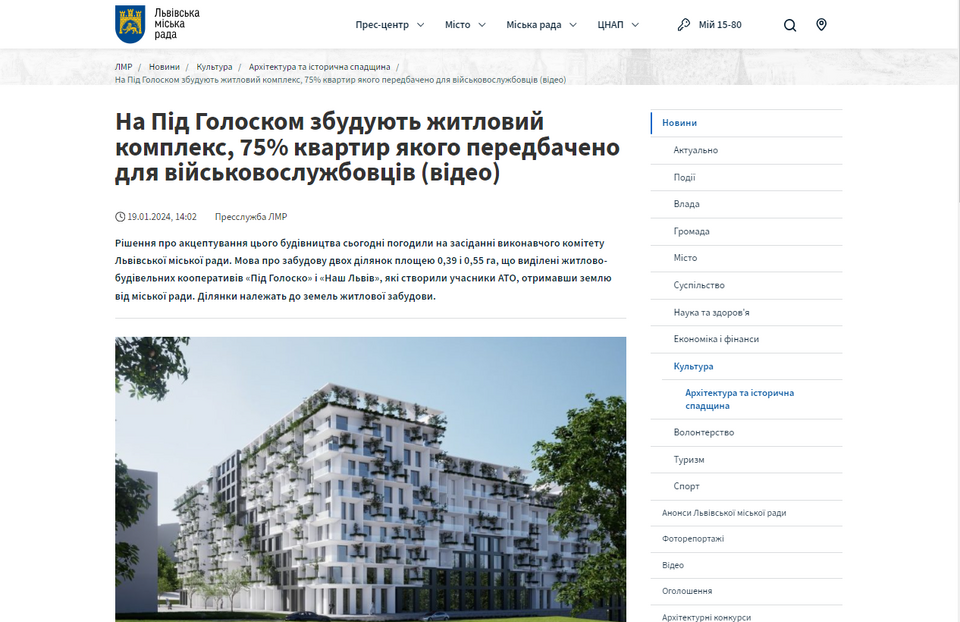
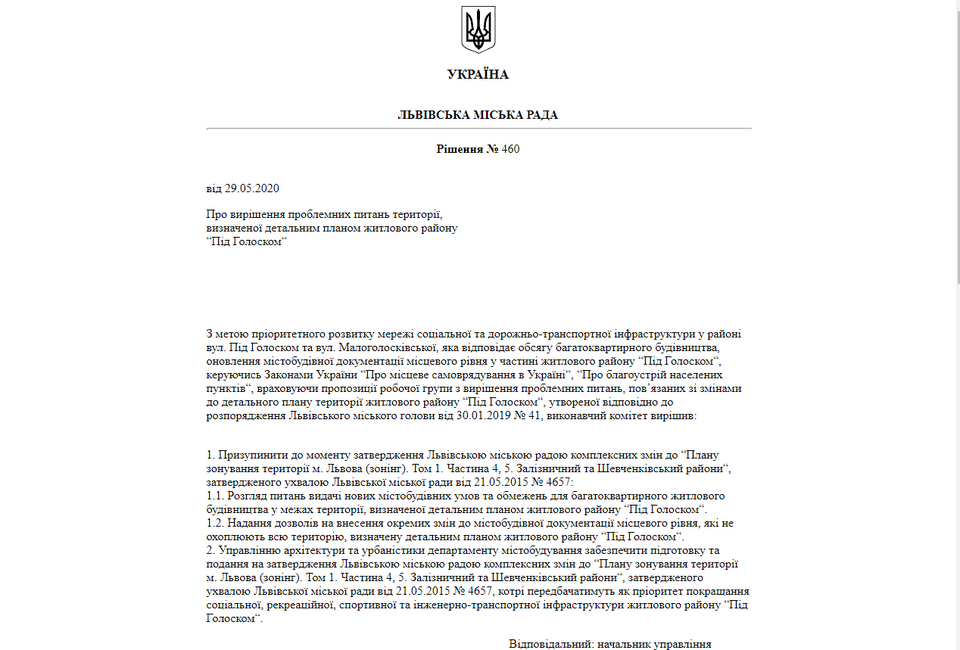
“They predict that even more people will come here, so housing is growing. Then they bomb the center and the south, so people move here, they count on it and rent out this cheap housing, which they sell at three times the price, without observing any safety criteria. Neither those who live here, nor those who build this housing,” said Olesya Datsko, a civil society activist.
Lviv, the largest city in western Ukraine, vividly illustrates what a big city can expect if it continues chaotic and massive development, ignoring the laws, the Master Plan, and the needs of the community. Old problems remain unresolved for years, and new ones are superimposed on them, and no one seems to be interested in how many more years the old Soviet sewer system will last and what consequences chaotic construction with all possible violations will have. And recently, the city council has started destroying parks.
Pohulka is a charming neighborhood of Lviv known for its eponymous park, which used to be called Lesok Vengilsky in honor of a famous lawyer. In the early 19th century, he was the first to turn the green area into a place for entertainment and recreation. A century later, the park’s restrictions were reduced by the industrial and residential development of the neighborhood. History repeated itself again. This time, the city council under the leadership of Mayor Andriy Sadovyi decided to give five hectares of land in the Pohulyanka district for development. This applies to the territory where the buildings of the former Lviv Winery are located. It is planned to be built up with public and commercial buildings, as well as an apartment building.




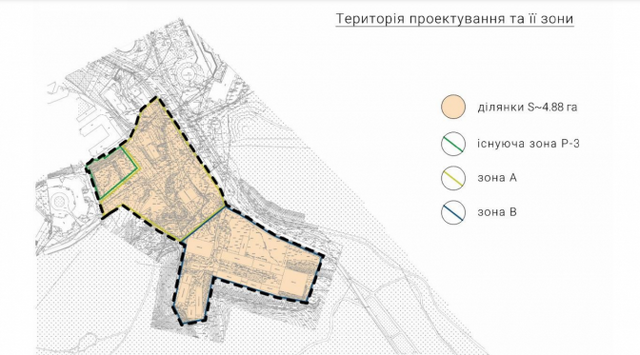
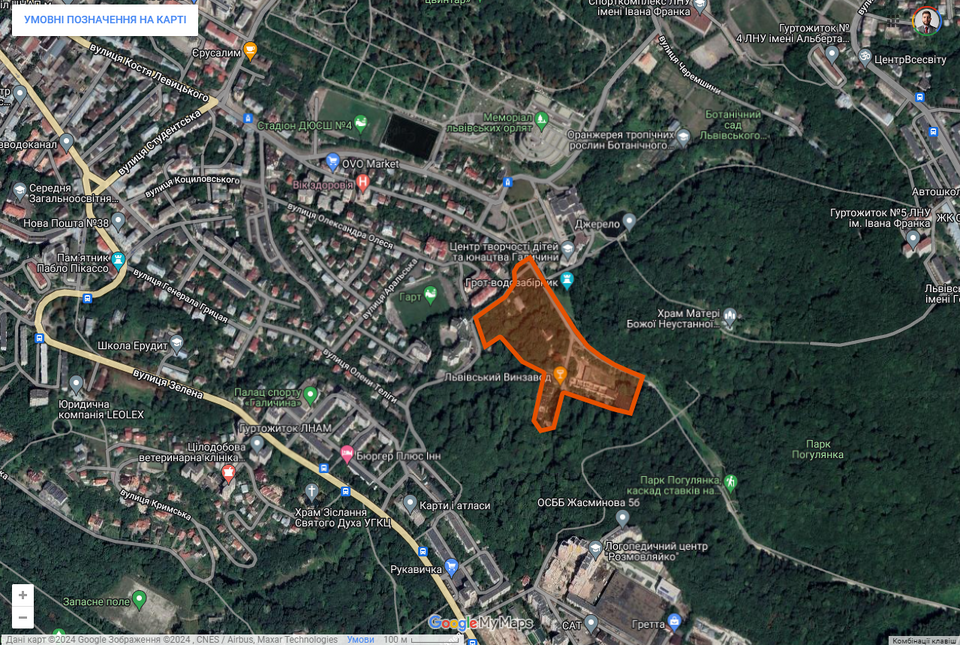
“Business builds, operates, and builds where it is allowed. The city council has all the powers to refuse that ruthless development and set priorities,” Yuriy Sytnyk, architect, co-author of the Greater Lviv urban planning concept
Back in 2019, the City Hall called the winery privatization deal a scam and stated that housing construction in the park area was unacceptable.
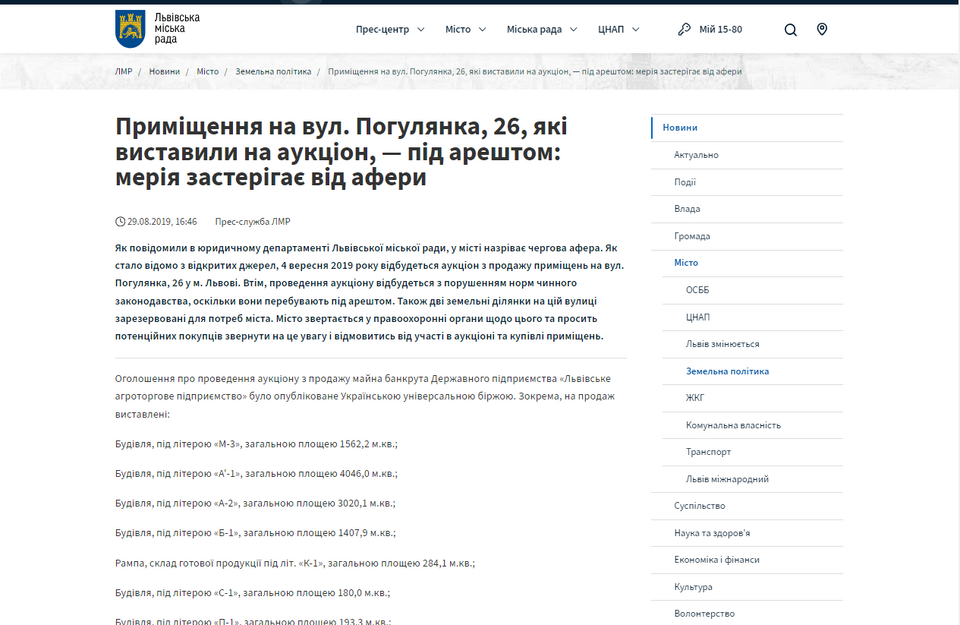
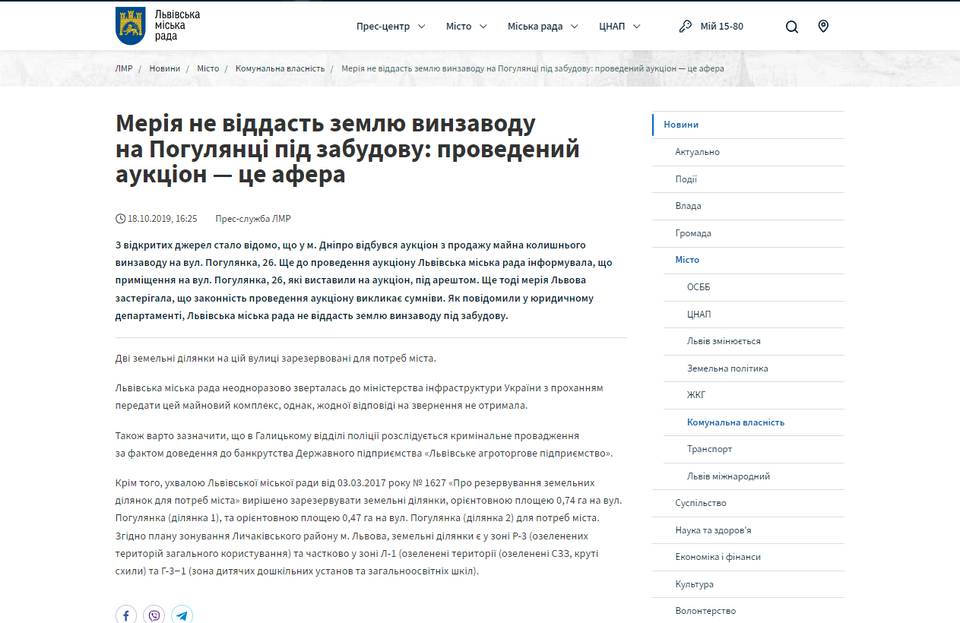
“Two plots of land on this street are reserved for the needs of the city,” the Lviv City Council press service said.
At the same time, in a commentary to the Lux TV and radio company, owned by the wife of Lviv Mayor Andriy Sadovyi, Helena Payonkevych, director of the Lviv City Council’s legal department, emphasized the unchanged position of the city council.
“This land plot is located in a recreational area. The position of the city council is that there can be no housing construction there. These plots are reserved for future use for recreational purposes. We hope that this position of the city council and our deputies will remain unchanged,” said Helena Payonkevych, Head of the Legal Department of Lviv City Council.
But 4 years later, the “unchanging position” of the mayor’s team suddenly changed in favor of the developer.
“There is a high-voltage line there. The developer undertakes to hide it underground. It is very expensive, dear colleagues, but it has the right to live,” said Lviv Mayor Andriy Sadovyi during the session of the Lviv City Council.
The city authorities did not specify any requirements for how the park should look like. All tenant obligations are based on the results of the architectural competition and verbal promises.
“The firm, by hook or by crook, receives urban planning conditions and restrictions for money or not, with violations of the General Plan, etc. There is some justification for this, always a detailed plan of the territories, some disputes, some conventions: “Someday there will be something here,” although this will never happen, but it seems that someday it will be better and as a result the house is standing,” – architect, co-author of the urban planning concept “Greater Lviv” Yuriy Sytnyk
The city council’s position changed as soon as the former winery’s buildings were acquired by a new owner. In July 2021, the property complex was acquired by Amadeus Trade LLC. According to the YouControl analytical system, the ultimate beneficiary of the company is Andriy Soltys. The buildings are now part of the authorized capital of another LLC, Attelmayer-Invest. The firm organizes the construction of buildings and is owned by Orest Vityk, a former deputy head of the Lviv Oblast SFS, whose wife owns a number of construction firms in Lviv, as well as the aforementioned Andriy Soltys.
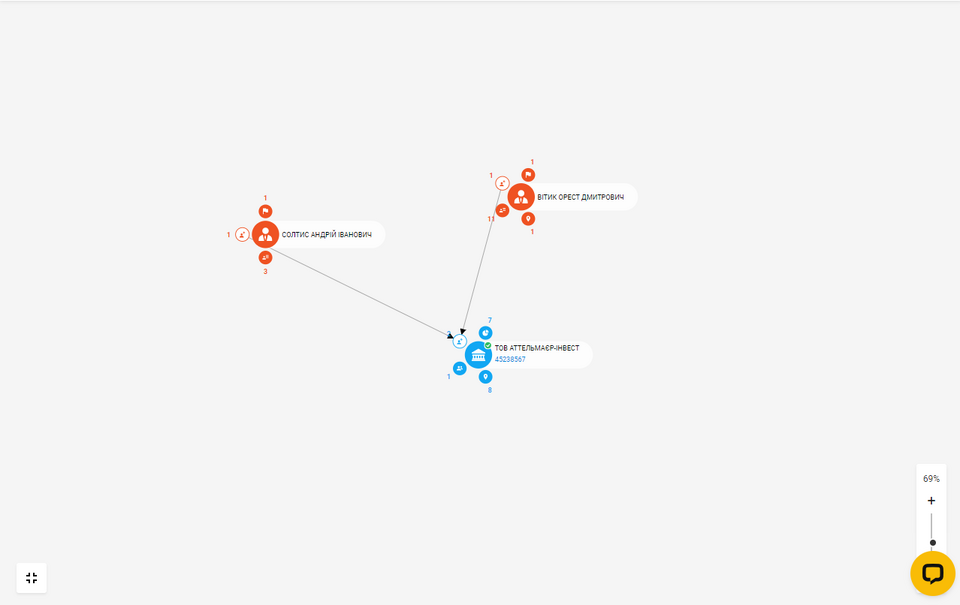
“We agreed on one thing here, and they are building another. We are fighting with them here, that is, this is a problem, this is life, but I say again, this should not be the rule, these can be exceptions – it happens, it happens, there is no reason for it, but these things should not be done deliberately,” researcher at the Institute of Ukrainian Archaeology and Source Studies of the National Academy of Sciences of Ukraine Andriy Levyk
By the same token, Znesennya Park, located in the heart of Lviv, has been suffering from encroachments by developers for years. Last year, the Lviv City Council’s Executive Committee approved a decision to improve the landscaping and repair the territory of the regional landscape park at the expense of a private investor, Oresta, which is developing the Kavalier hotel already built in the park.
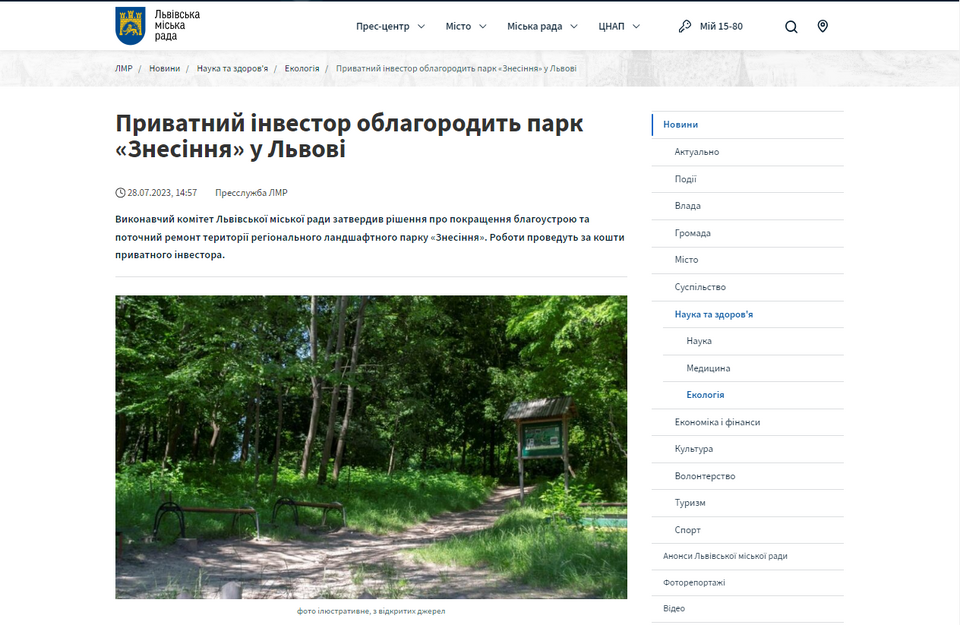
“Imagine that the oldest settlements of Lviv are located on this territory, and the historical core of the park on Staroznesenska Street is located there, where a pit has been dug and a hotel is being built. There are clear legal norms that state that in recreational areas, in parks, you can only build something that ensures the life of the park and this is in very limited conditions. But not an apartment building,” says Olesia Datsko, a civil society activist.
“We need to work together, both as a public to remind ourselves and as deputies to feel, I would say, more deeply, their responsibility for the fate of the city and for its development, both economic and cultural, and the preservation of cultural heritage,” said Andriy Levyk, a researcher at the Institute of Ukrainian Archeology and Source Studies of the National Academy of Sciences of Ukraine.
Another wild story is the construction at 64 Horodotska Street. At first, the executive committee approved the construction of a two-story building on the site of the industrial building. Subsequently, the project was “expanded” to 4 floors with an attic, and the final version resulted in a 6-story residential and office center, 24 meters high. This is 10 meters higher than the neighboring houses, which is completely unacceptable in the historical area of the city. Despite the Supreme Court’s decision and the Ministry of Culture’s order to ban the construction, the work continues. Moreover, in this story, the mayor’s office outdid itself.
“Imagine that they were allocated a land plot with a road. It included a road, where, in what country is this possible? There are orders from the Ministry of Culture to ban construction, here in Znesinnia, who responds to them? In what country is this possible?” – public activist Olesia Datsko
In addition to non-compliance with the master plan, the Lviv City Council is compromising with developers who are illegally seizing land. The court ordered MS Imperial LLC to demolish the scandalous Khmelnytsky Park residential complex, the land under which the company had actually seized without permission and built housing without any permits.
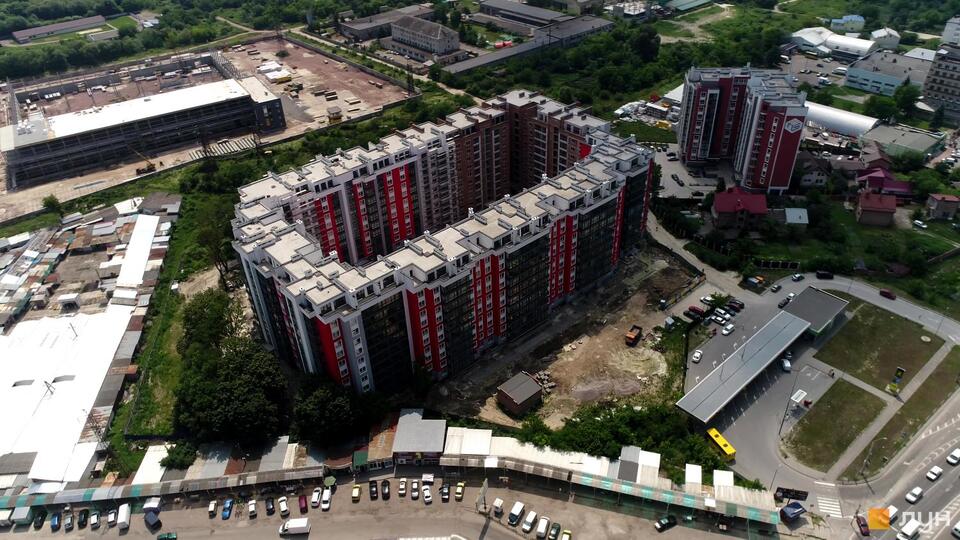
“Bohdana Khmelnytskoho 230A is a total disaster, the intended purpose of the land did not correspond to the construction. The construction was done without a single document or official project. And tell me, in what country in the world is it possible to build such a building – without a single document and how it was put into operation – they just promised an additional 10% of apartments that can be given away to someone,” – public activist Olesya Datsko
As a result, the illegally built residential complex was quickly put into operation. The price of the issue is 39 apartments that the city hall received as a result of a settlement agreement with the developer.
“For the money they have accumulated during their rule, they have villas abroad and can live anywhere, and they are not particularly interested in what will happen to Lviv. And Lviv has been destroyed the way it is now – in recent decades, more than it was destroyed during the Soviet era, when enterprises were built here,” – architect, co-author of the urban planning concept “Greater Lviv” Yuriy Sytnyk
The current general plan of Lviv expires in 2025. Many new problems were added to the previously known and unresolved ones. However, it is not known when the mayor’s office plans to start working on the new master plan. So until the new main urban planning document is approved, the previous one will remain in effect, which was obviously not going to be implemented for 15 years.
“The consequences will be complicated in that no matter how it ends, we will still have to solve it, and the sooner we start doing it in Lviv, the better. 1.08 No one will hide from this, even if someone is elected, not elected, re-elected, etc. Anyone who becomes the next mayor will have the same questions, as will those deputies,” Andriy Levyk, researcher at the Institute of Ukrainian Archaeology and Source Studies of the National Academy of Sciences of Ukraine
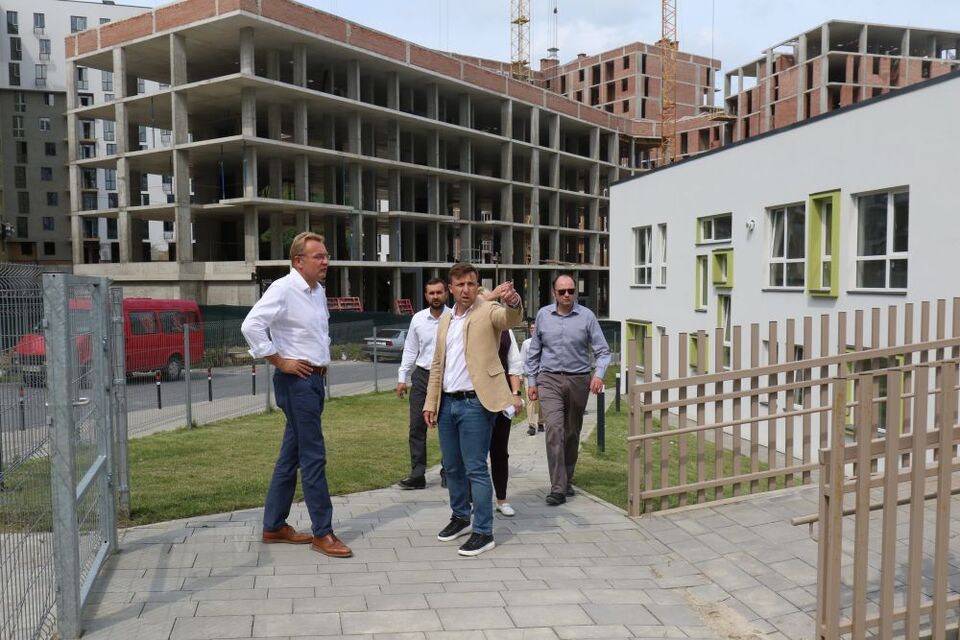
“This is what has been done over this decade, over this period – these are the problems that Lviv will have to solve, even if it does, and it is not certain that it will, it will cost Lviv a lot of money,” Yuriy Sytnyk, architect, co-author of the urban planning concept “Greater Lviv”
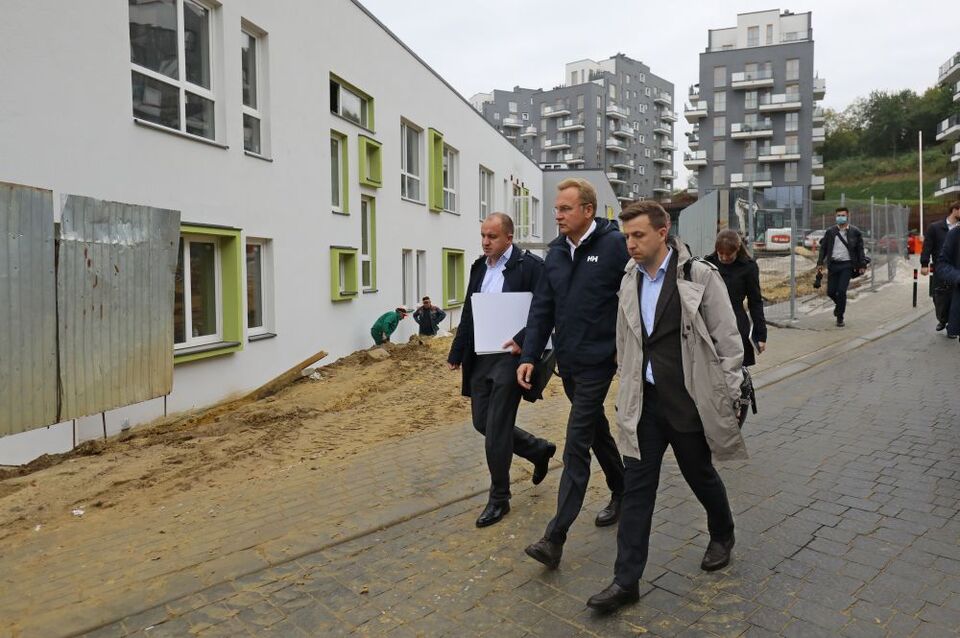
In addition to the challenges predicted by the master plan, the number of problems has increased significantly since the start of the full-scale invasion. Obviously, we shouldn’t expect to see any grandiose projects implemented in time of war, as all possible resources should be directed to supporting the Armed Forces of Ukraine. However, non-compliance with urban planning documents and the city hall’s assistance to business and developers may destroy Lviv in the near future even without Russian missiles.
These were conspiracies. It’s time for a new expose.
What is the reaction of Lviv City Council officials?
Andriy Sadovyi’s communications manager called the NTA TV channel’s media “f*ckers” and immediately started looking for an SMM specialist to boost Mayor Sadovyi’s PR instead of explaining to Lviv residents what was happening in the city.


